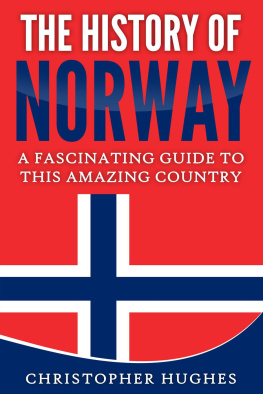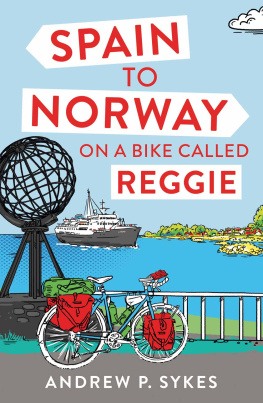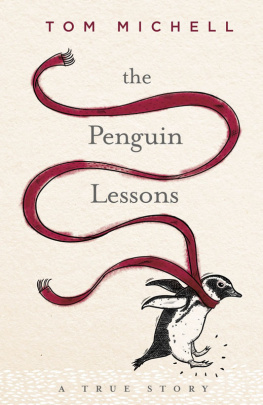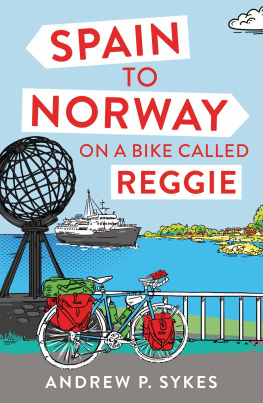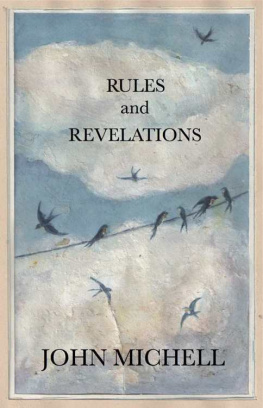TRANSCRIBER'S NOTE
Macrons over one or more characters are denoted by (utf8 hex0305); for example canot and comandement.
Macrons over one or more characters are denoted in the etext by {}, since most handhelds do not handle combining diacriticals properly; for example, ca{n}ot and {com}andement.
A line of asterisks denotes omitted text. Thought breaks, and new sections, are denoted by blank lines or hr's (horizontal rules).
Obvious typographical errors and punctuation errors have been corrected after careful comparison with other occurrences within the text and consultation of external sources. Punctuation or lack of it in the Appendix documents has been left unchanged.
More detail can be found at .
Sketch Map,
SHOWING ROUTES OF MNNICHHOFEN AND RAMSAY
HISTORY OF THE
Scottish Expedition
to Norway in 1612 .
By
THOMAS MICHELL, C.B.,
Her Majesty's Consul General for Norway.
London:
T. NELSON AND SONS, PATERNOSTER ROW.
EDINBURGH; AND NEW YORK.
CHRISTIANIA: T. BENNETT, Tourist Agent .
1886.
Rights of Translation and Reproduction reserved for the benefit of
the Anglican Church at Christiania.
Preface.
The idea of investigating the story of the Scottish Expedition to Norway in 1612 occurred to the author on a trip through the beautiful valleys of Romsdal and Gudbrandsdal in the autumn of 1884many of the statements made on that subject in guide-books, and in almost every work on Norway, having appeared incredible when he left the highway and explored the old bridle-path along which the Scots marched on their way to Sweden.
Subsequent researches in State Archives, made with the kind assistance which has been heartily acknowledged in the pages that follow, resulted in the discovery of official documents hitherto unavailable, and with their aid the traditional account of the "Skottetog" has, in its chief outlines, been reduced to strict historical proportions.
The information thus acquired was utilized by the author in a lecture delivered in 1885 at the University of Christiania, in the gracious presence of His Majesty the King of Sweden and Norway, for the benefit of the Building Fund of the Anglican Church in that city.
It is with the same practical object that, with the generous co-operation of the publishers, the lecture has been embodied in the little book now commended to the attention of those who take an interest in Scottish history, as well as to that of the British and American travellers who visit in such largely increasing numbers the beautiful and hospitable valleys and highlands of Norway, in which they find so much sympathetic evidence of a common origin of both race and language.
London , March 1886.
I.
SOURCES OF INFORMATION .
More than two centuries and a half have elapsed since the date of the occurrence so well known in Norway as the "Skottetog," or Scottish expedition, of which but little has hitherto been authentically known in Scotland. Notwithstanding, therefore, the conspicuous position which the so-called "Sinclair Expedition" holds in the traditions, of Norway, a fresh examination of the subject by the impartial light of historical truth is justified by the recent discovery of several documents in the State Archives of England, Scotland, and Sweden.
Although Mnnichhofen's expedition through Stordalen, and the Scottish invasion of Romsdalen and Gudbrandsdalen which formed an integral but unsuccessful part of that expedition, took place in 1612, no account of the latter appeared in print earlier than the year 1688, when Puffendorff wrote his "Introduction to Swedish History;" and it was only three years later that Widikindi, another Swedish historian, gave a narrative of it in a History of Gustavus Adolphus.
Among Danish historians, Niels Slange was the first of any eminence to reproduce the now palpable errors of Puffendorff and Widikindi, in a History of Christian IV., written in 1732.
In 1782, the subject of the Skottetog first became popularized in Norway by the publication, in a periodical journal called the Dansk Museum, of the spirit-stirring poem by Edvard Storm, which Norwegian children still learn by heart and in song, and which has even been well circulated in the English and German languages.
THE LANDING OF THE SCOTS IN ROMSDALEN, 1612.
. As depicted by the Norwegian artists Tiedemann and Gude.
But the first really important contribution towards the history of the event was made in 1838, when Dean Krag of Vaage dedicated to the descendants of the Bnder
While the traditions he has so scrupulously preserved for us are of great interest, if only because they indicate plainly the source of the information on which Swedish, Danish, and even Scottish accounts of the expedition into Romsdalen had been chiefly based, he enriched history with copies of the first and only documents that had apparently ever been drawn before his time, from State or other archives, relative to the Scots who landed in Romsdalen. Those documents were: a Report by the Norwegian Stadtholder, Envold Kruse, to the Danish Chancellor, dated Aggershuus, 17th September 1612; and three deeds of gift of land (all dated 3rd September 1613) to Lars Hage, Peder Randklev, and Berdon Sejelstad, for their bravery and loyal devotion on that occasion.
In that laborious little work Dean Krag pointed out that, with the exception of Kruse's first Report (of which he had obtained a copy from Copenhagen), all the writers after Puffendorff (1688) and Widikindi (1691) had repeated, more or less, only what those two historians had related. He also showed that Storm's poem had been preceded by a popular ballad on the same subject, and of which he collected and printed as much as was still extant in Gudbrandsdalen.


